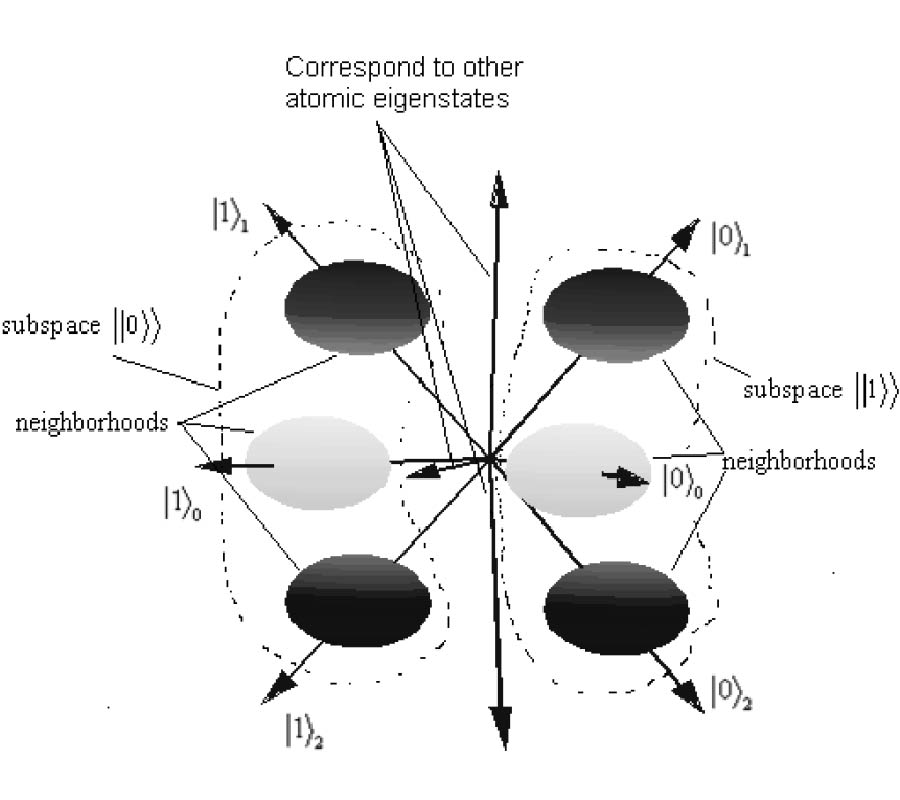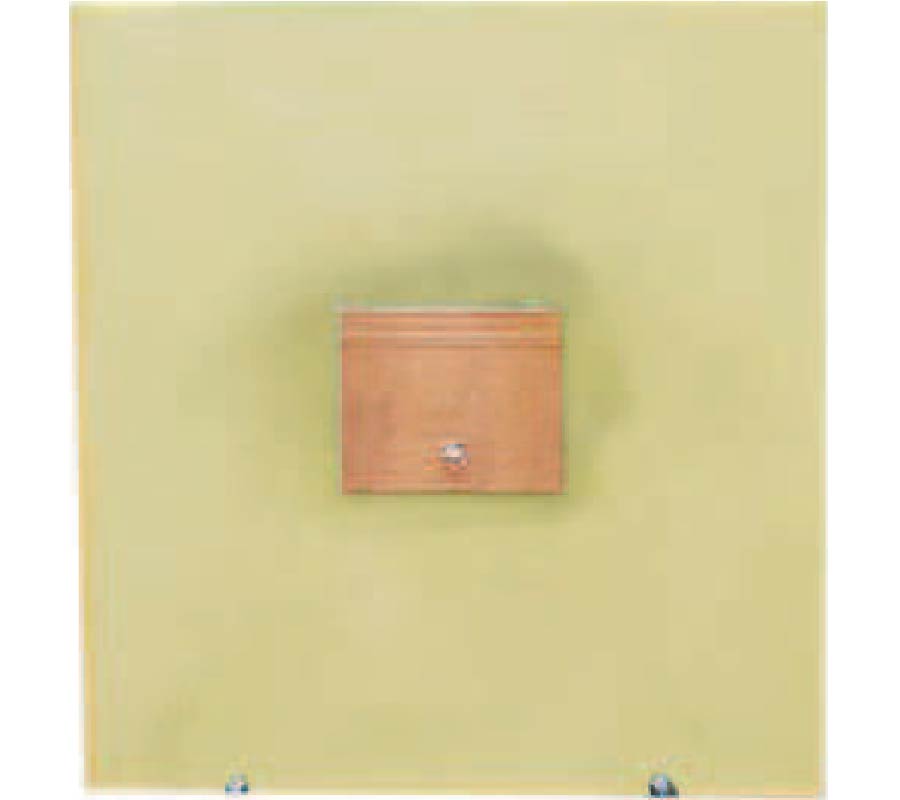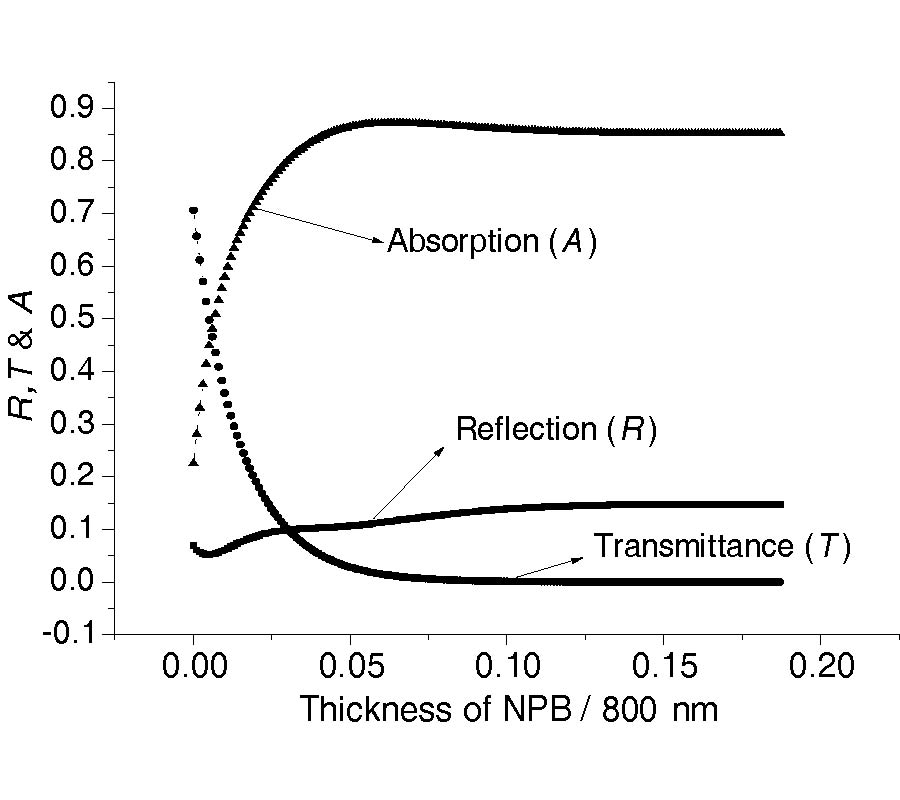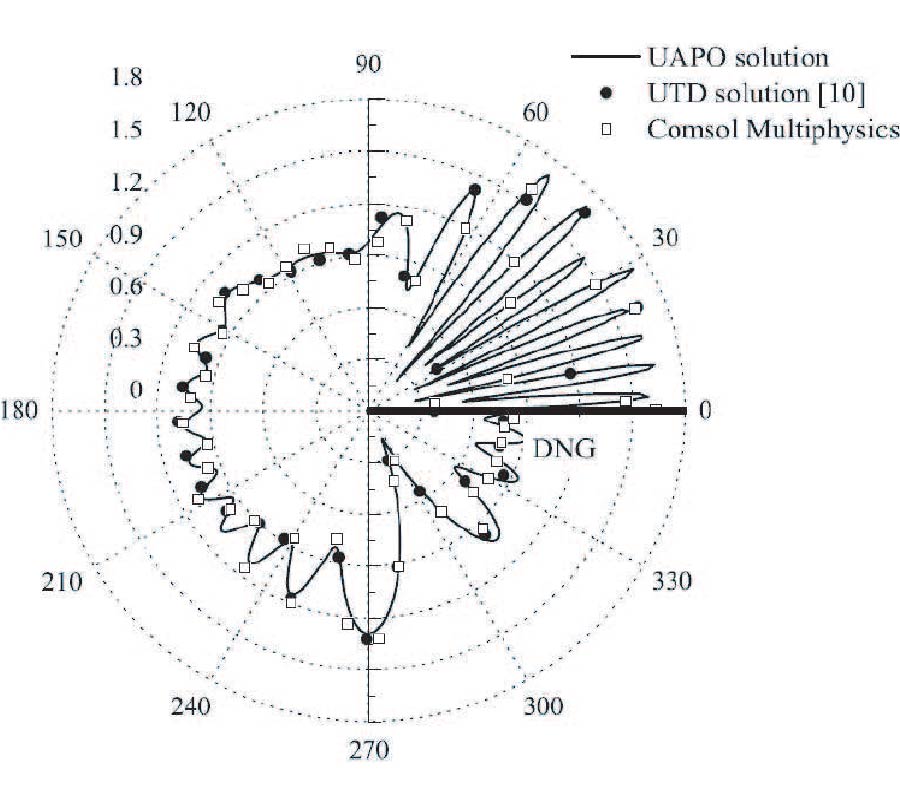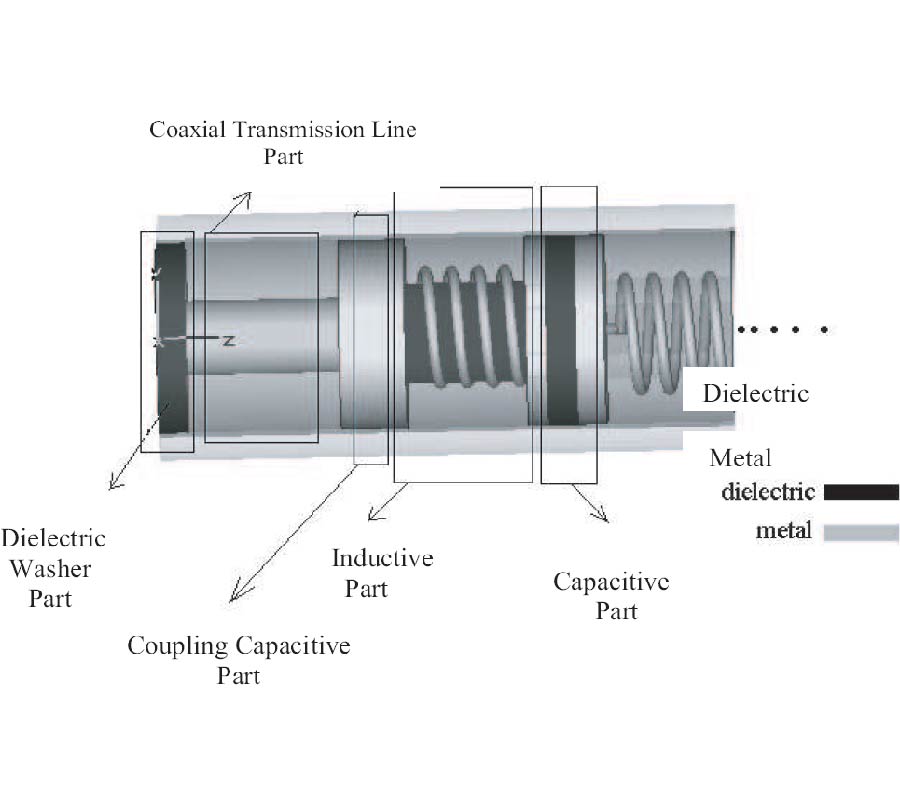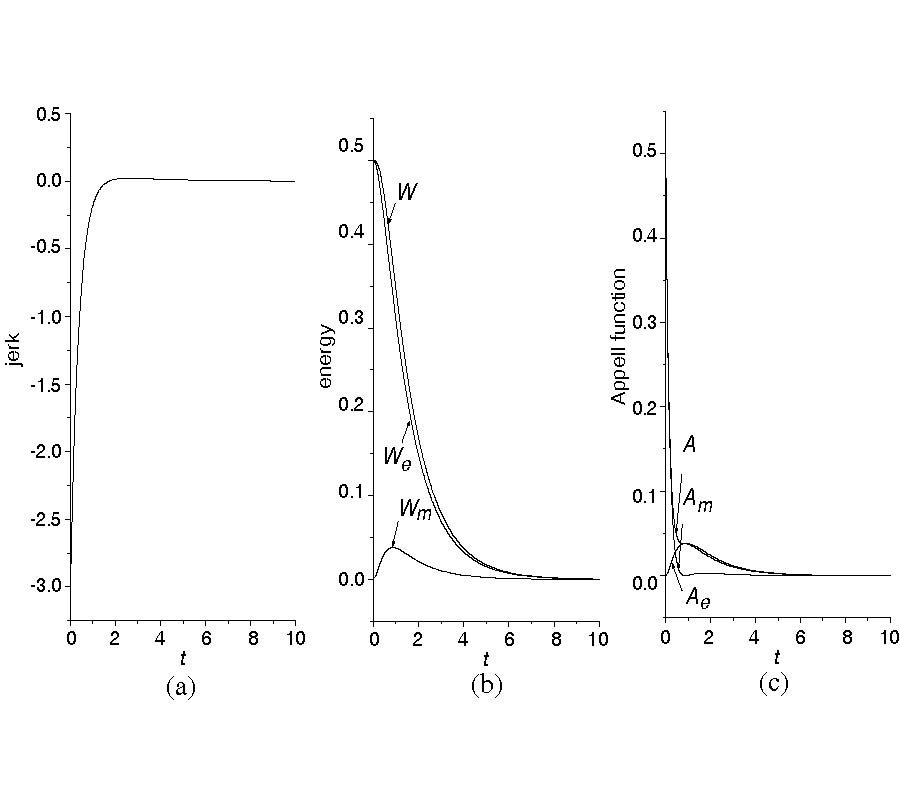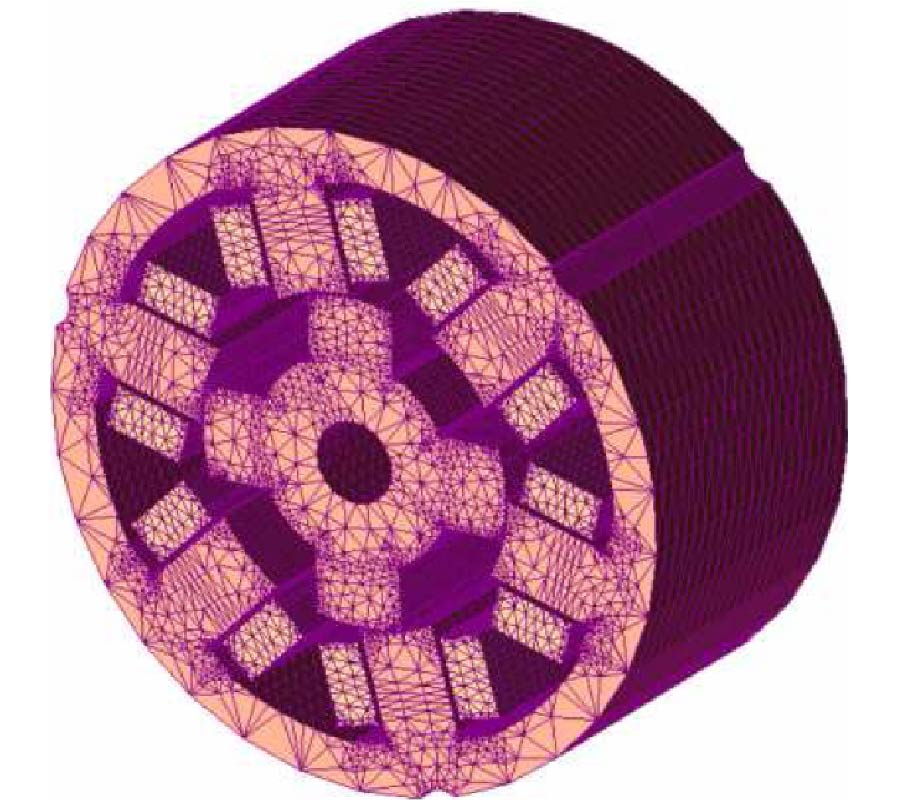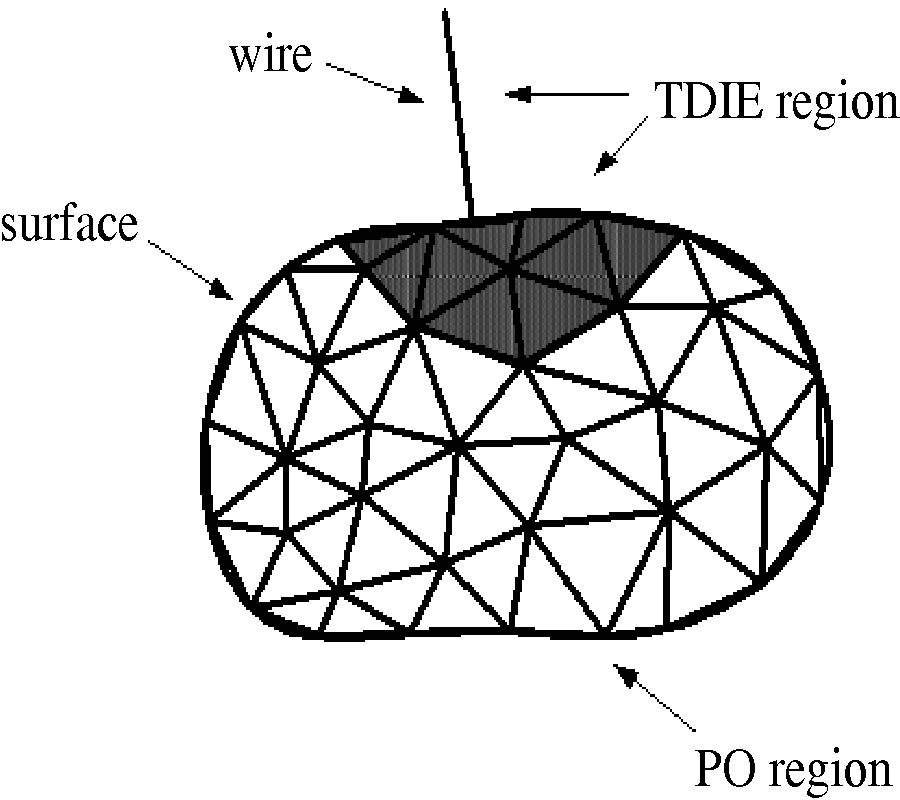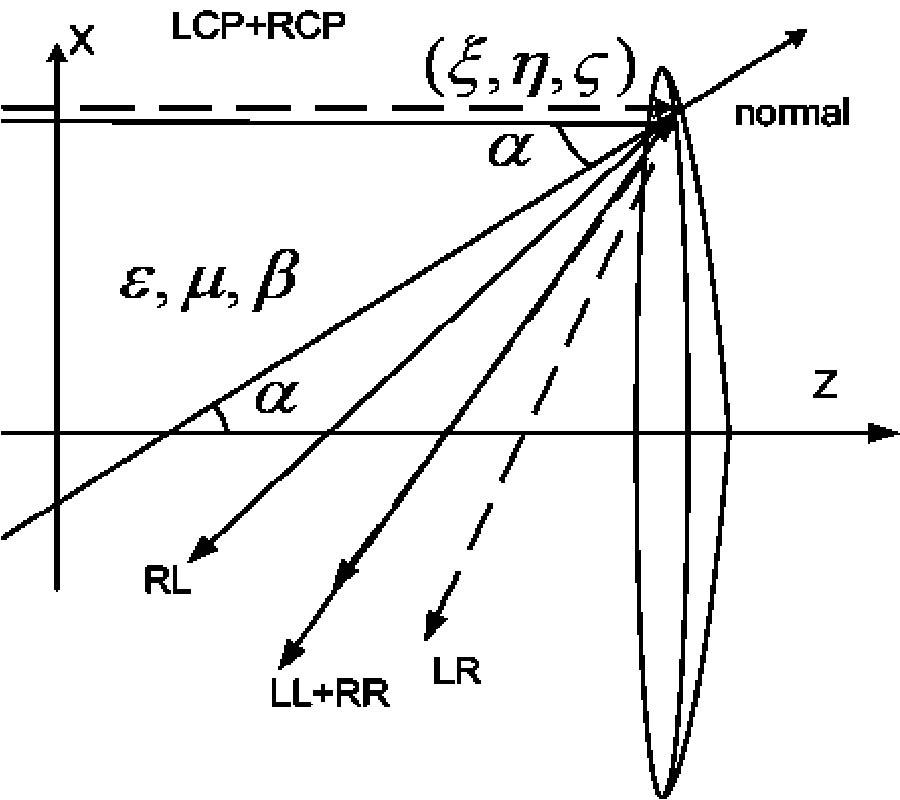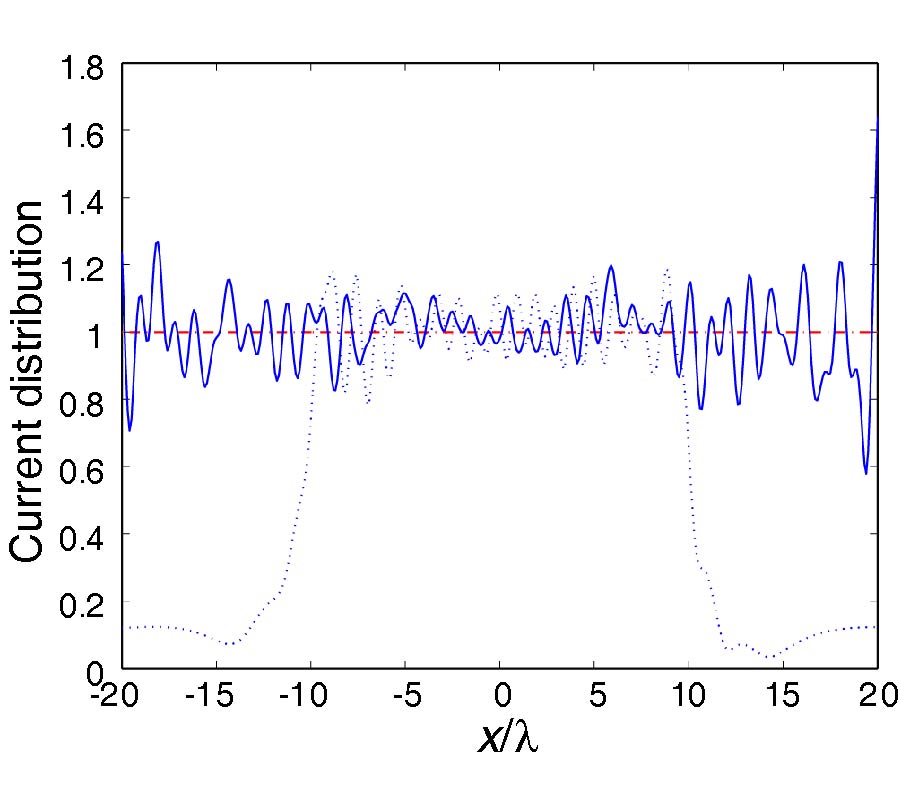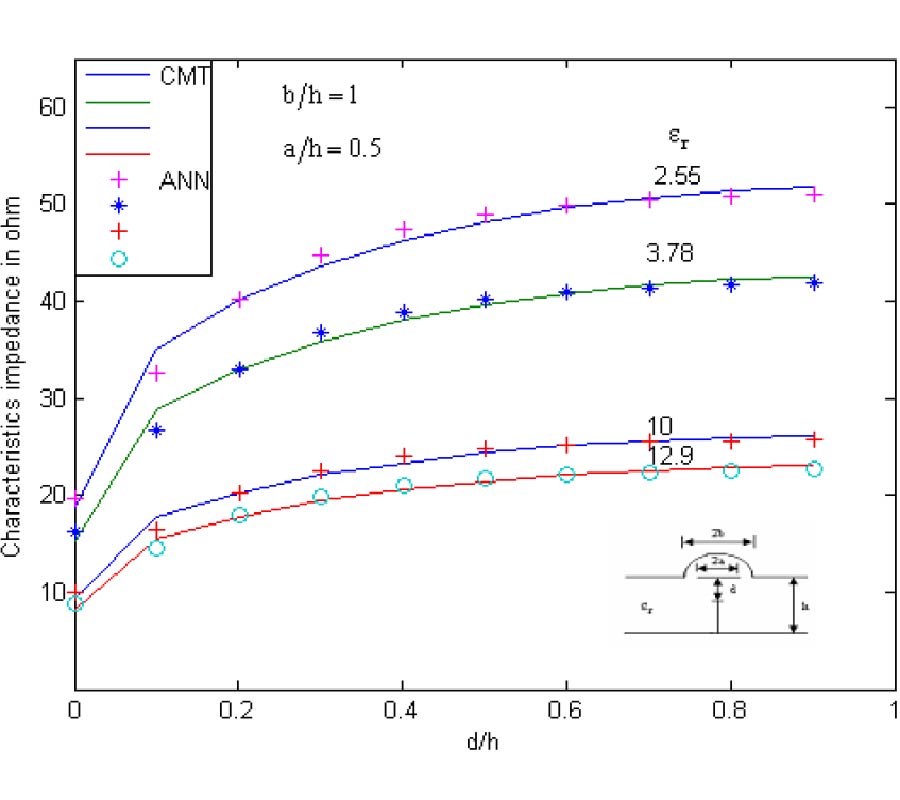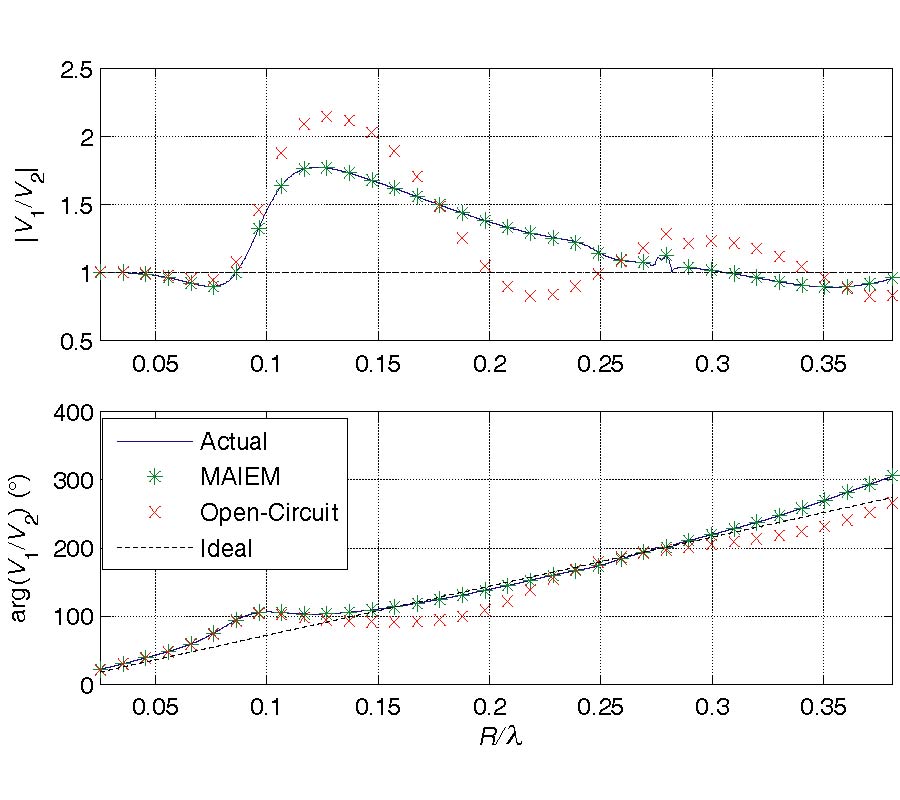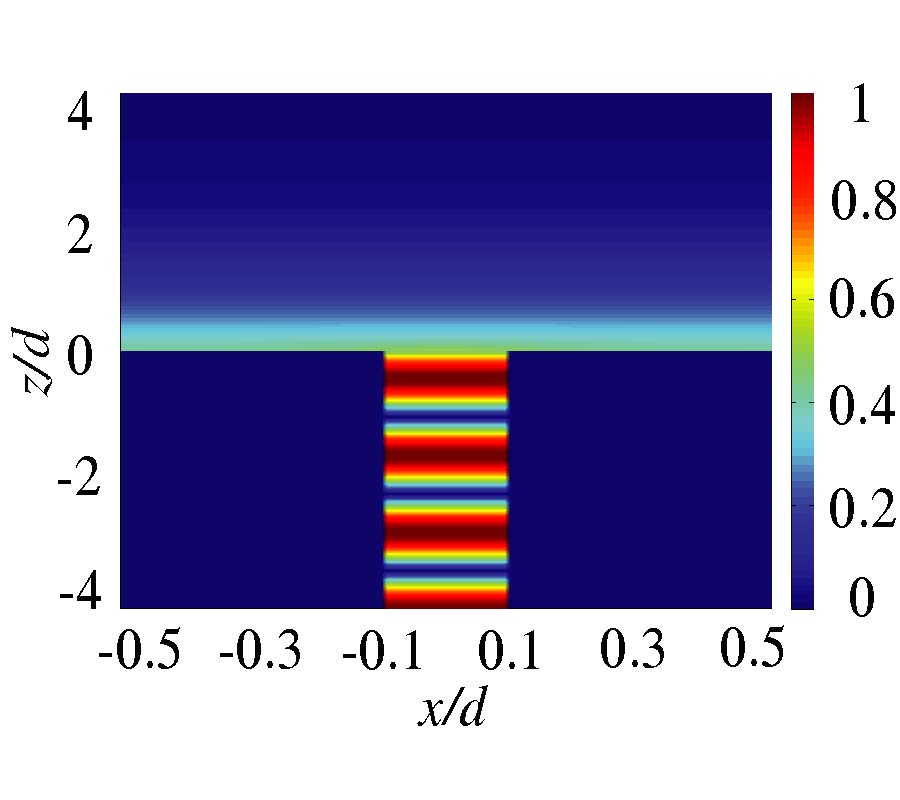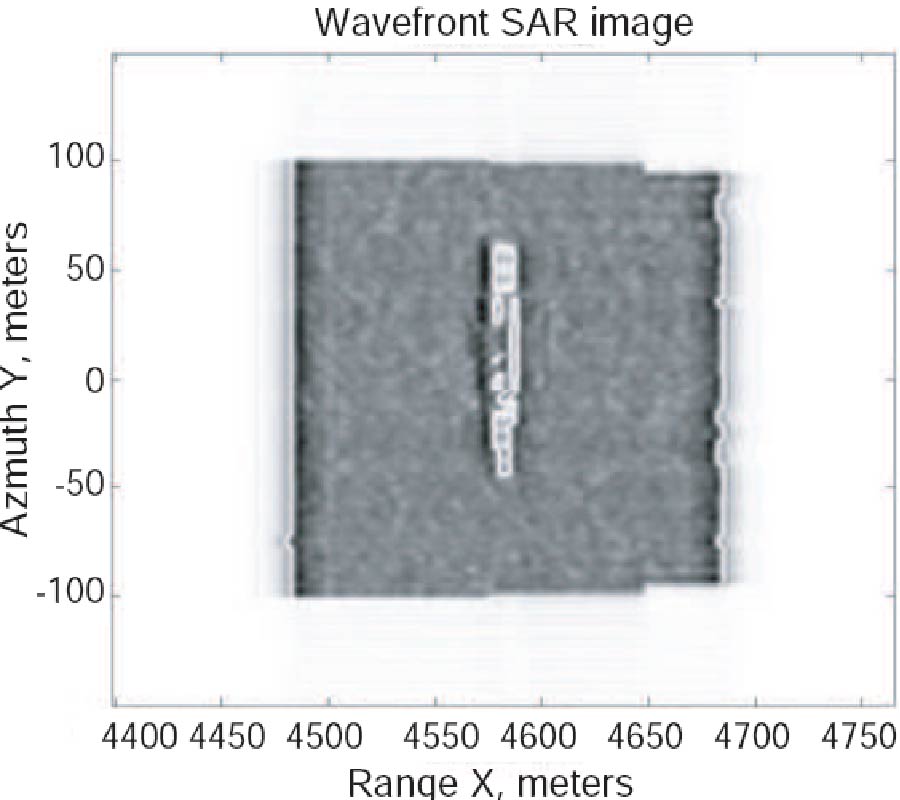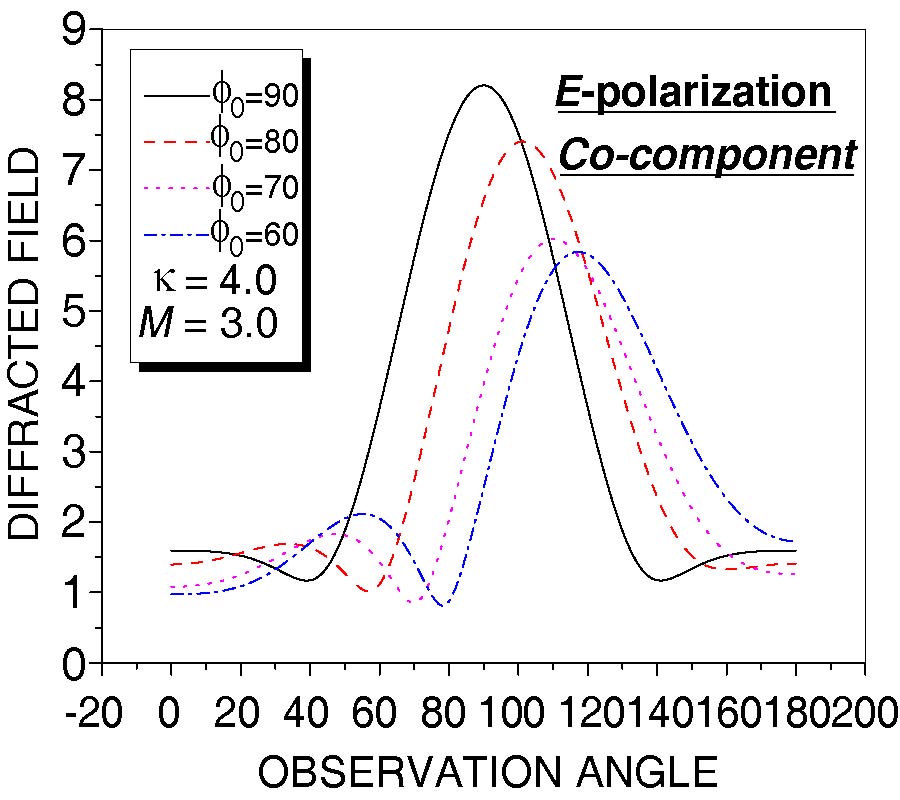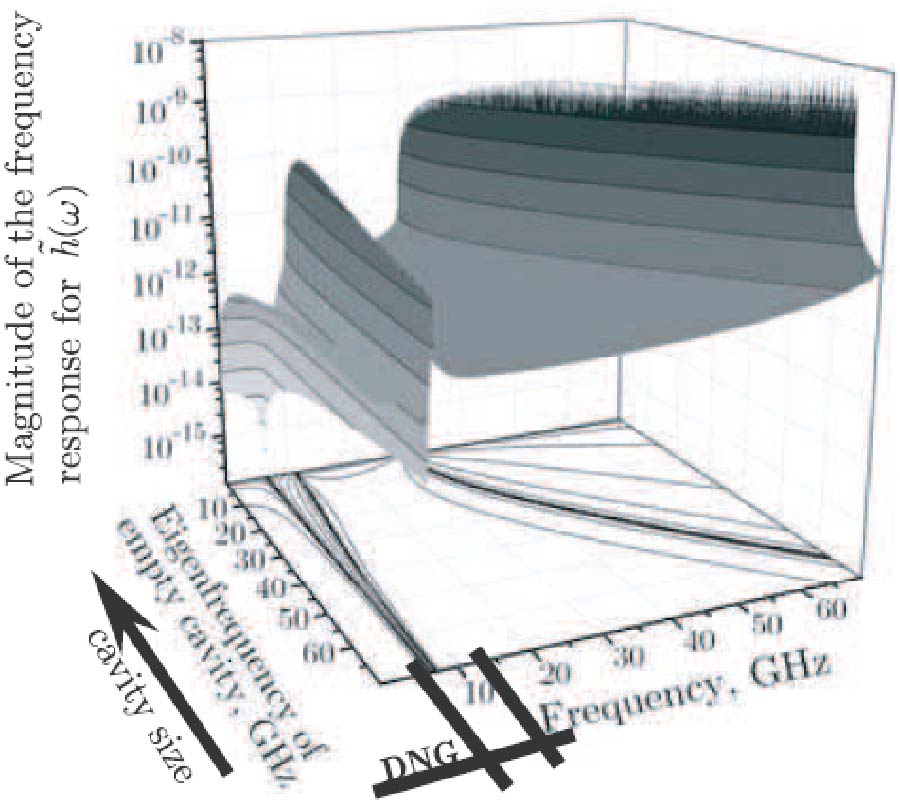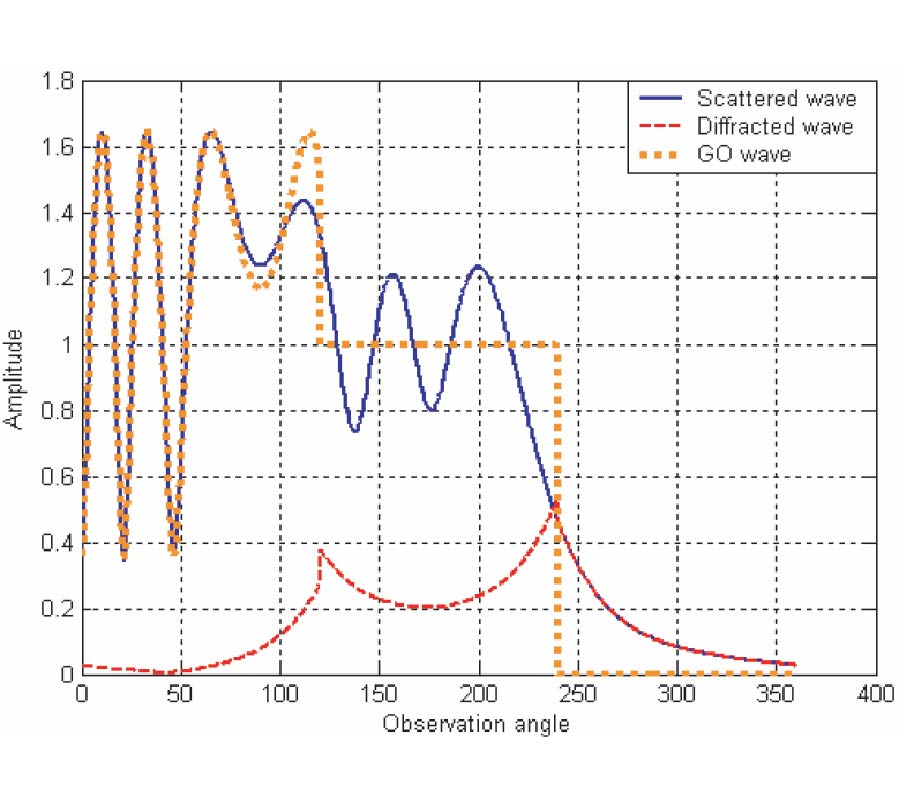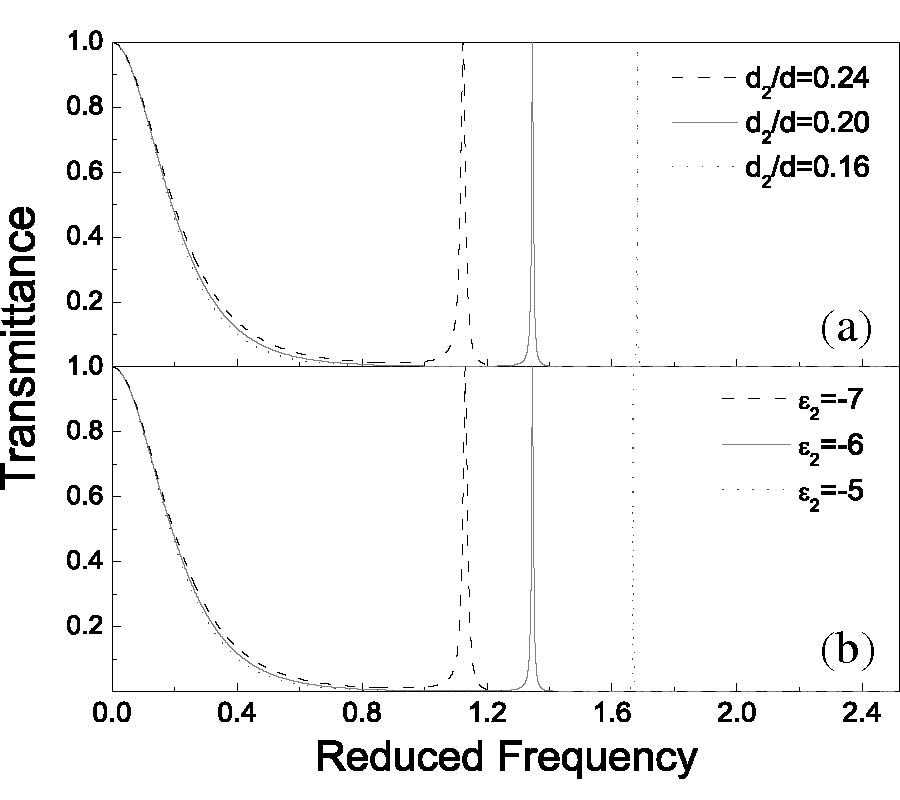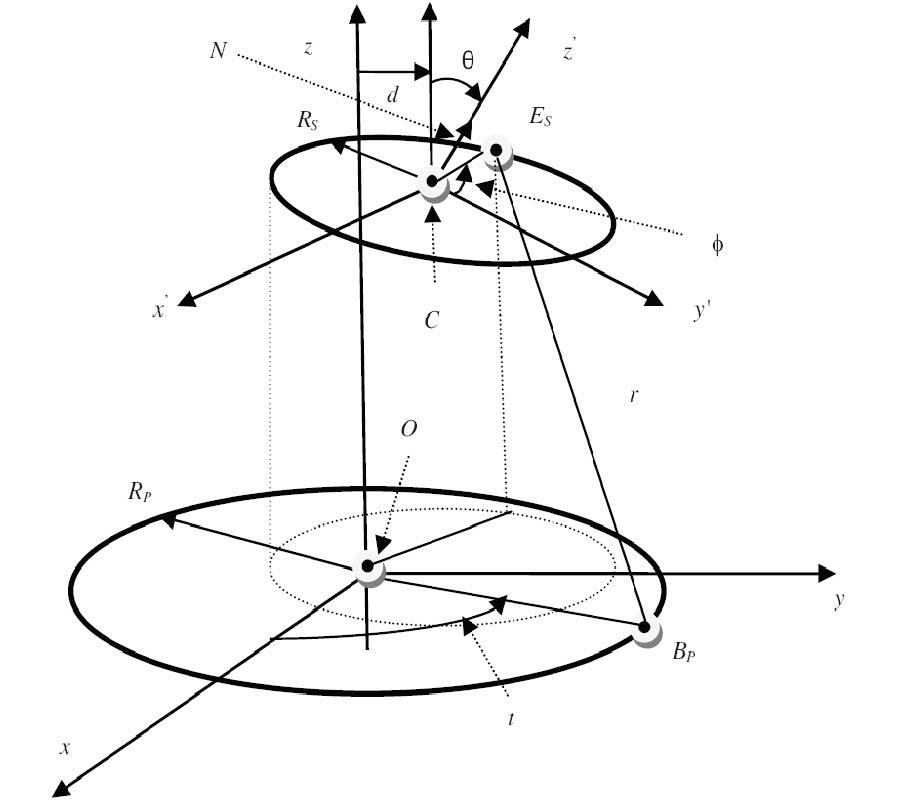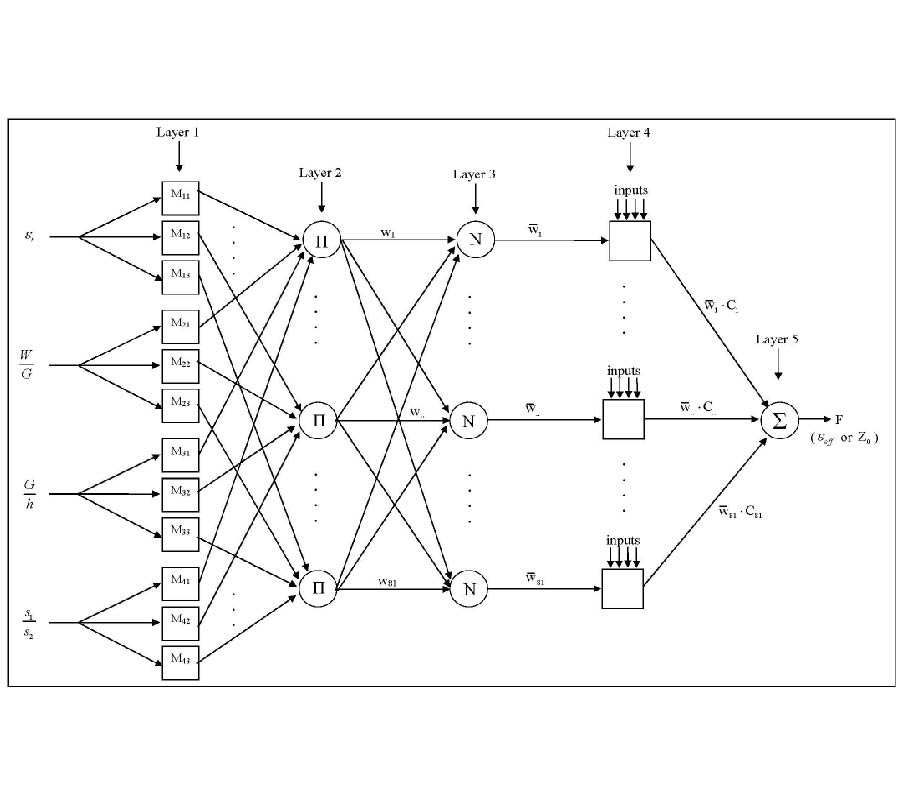Enhanced Absorption in Periodic One-Dimensional Metallic-Organic Periodic Structure
Khem Thapa,
Nishakant K. Mishra,
Girijesh Narayan Pande,
Jagmandar and
Sant Ojha
We show theoretically that the absorption of one dimensional metal-organic periodic structure (1D MOPS) can be enhanced due to organic constituents. We have used simple transfer matrix method to calculate the absorption, transmittance and reflectance of the 1D MOPS systems. The absorption, transmittance and reflectance of 1D MOPS containing periodic of Ag/N,N'-bis-(1-naphthyl)-N,N'diphenyl-1,1'biphenyl-4,4'diamine (NPB) structure are calculated taking optical constant of NPB [1] and Ag [2]. The enhanced absorption of the considered structure is obtained in the visible and in the near infrared regions. Besides this we have also studied the absorption, transmittance and reflectance of the 1D MOPS with air and glass substrates. We find that the absorption is enhanced with variation of thickness of organic layer (NPB). Such absorption enhancement in 1D MOPS could allow many potential applications in photo-thermal technology, thermo photo-voltaic and blackbody emission.
